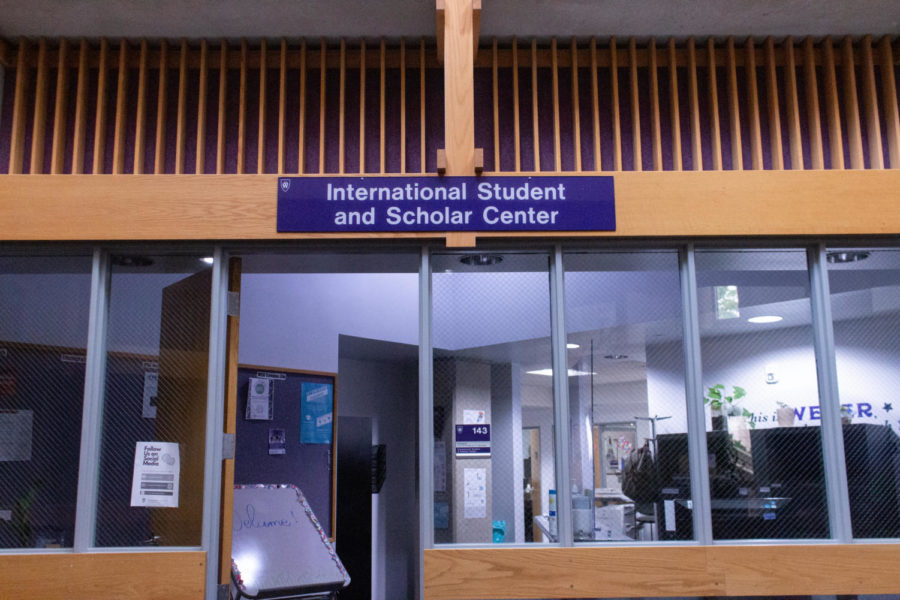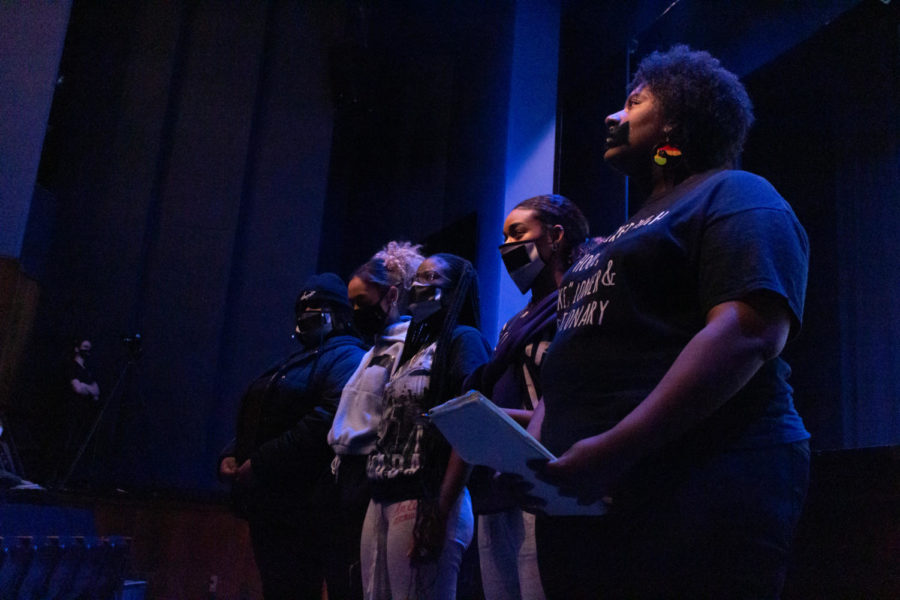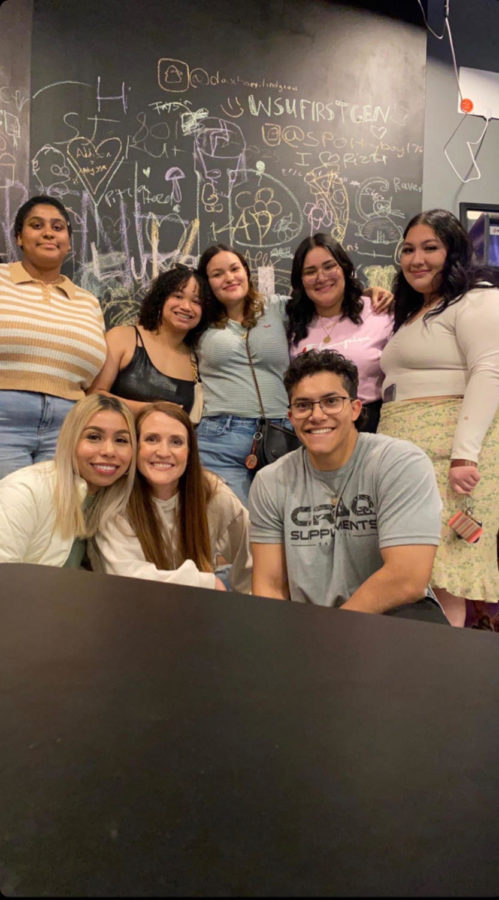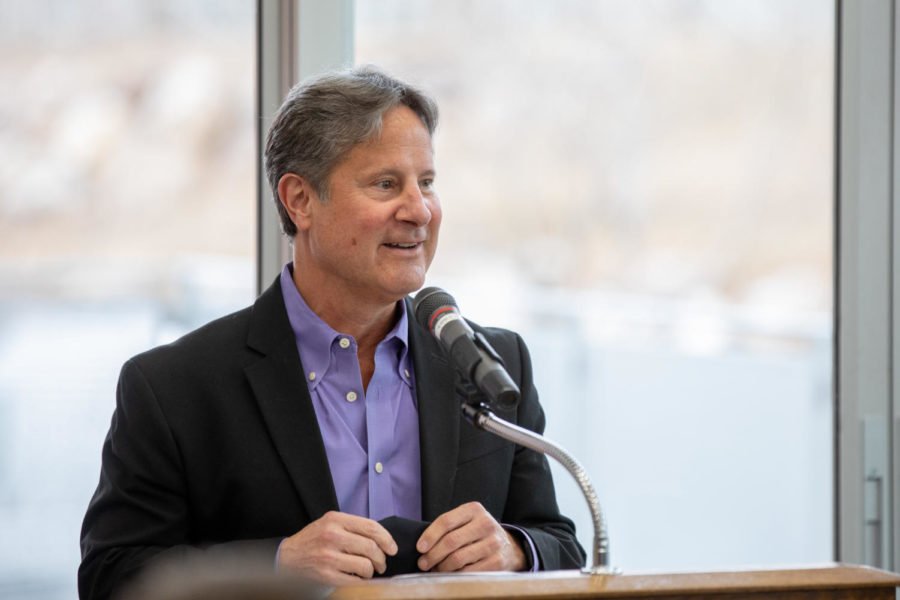Welcome to those just beginning your Weber State University experience and welcome back to those further along the path toward your degree and the many benefits that accompany that degree: not just higher life-long earnings, but also the likelihood of more engagement in life-long learning, in your communities, in the world at large.
Each of you, whether enrolling in your first WSU class or finishing up senior seminar requirements, embarks on a new journey this fall. You will confront new, different expectations from faculty members, as well as new challenges from subject matter, area content, ever-evolving information and knowledge. Given all these confrontations with “the new,” I anticipate many of you feel some trepidation, some fear, as fall semester 2015 roars into life.
I want to talk about that fear and do so by relating a story told by long-time educator Parker Palmer, who studies teaching and learning. In his book, “The Courage to Teach,” Palmer analyzes the fear that paralyzes him during a visit to a university in a small Midwestern town, where he has led a successful workshop on teaching. After the workshop, Palmer is asked to be “teacher for an hour” for a political science class. You would expect that Palmer, a leader in his field, would not have trouble with this somewhat routine request—and you would be wrong. Walking into the classroom of thirty or so students, Palmer fixates upon a student seated in the back row, slouched horizontally behind his desk, cap pulled over his eyes, jacket buttoned tightly, apparently ready to bolt as soon as humanly possible— “The Student from Hell.”
Palmer becomes obsessed with gaining the attention of the Student from Hell: “For a long and anguished hour I aimed everything I had at this young man, trying desperately to awaken him from his dogmatic slumbers, but the harder I tried, the more he seemed to recede. Meanwhile, the other students became ciphers as my obsession with the Student from Hell made me oblivious to their needs” (43).
After the class, Palmer feels anger, self-pity, frustration; his image of himself as “master teacher” is gravely wounded, and he wants to get off-campus as soon as possible. He endures dinner at the university president’s home, then, gratefully, hops into a university van that is to transport him to the airport. Behind the wheel of the van is the Student from Hell.
During their hour drive to the airport, Palmer learns that the father of the Student from Hell is an unemployed alcoholic who daily berates his son for the foolishness of his college aspirations. The son is increasingly insecure about the path he pursues and asks Palmer for advice. Palmer does not know if the words he offers to the Student help him but observes that he himself benefits greatly from what the Student shares with him in the van: “He [the Student] helped me understand that the silent and seemingly sullen students in our classrooms are not brain-dead; they are full of fear” (44).
Palmer writes about the fears (of being judged, of not-knowing, of failing) that prompt students to shut down, to be silent, to hide themselves in back rows of classrooms, and realizes that if he want to “teach well,” he needs to see and respect these fears. He also needs to see the fears in his own heart, fears very similar to those of his students.
I share this story with you because what I wish for you (and for faculty, staff, and myself) is the very best academic year possible. To learn well, teach well, and serve well, we need to accept fear as part of a process that carries us into new terrain. We cannot deny the fear, but we also need not allow it to overwhelm us. If we remember not to make easy assumptions about each other, respect one another’s differences, and acknowledge our own fears, we stand a good chance of genuinely communicating with each other, of truly moving ourselves and our communities forward.
I send you best wishes for a most successful 2015-16 academic year,
Madonne Miner, Provost













